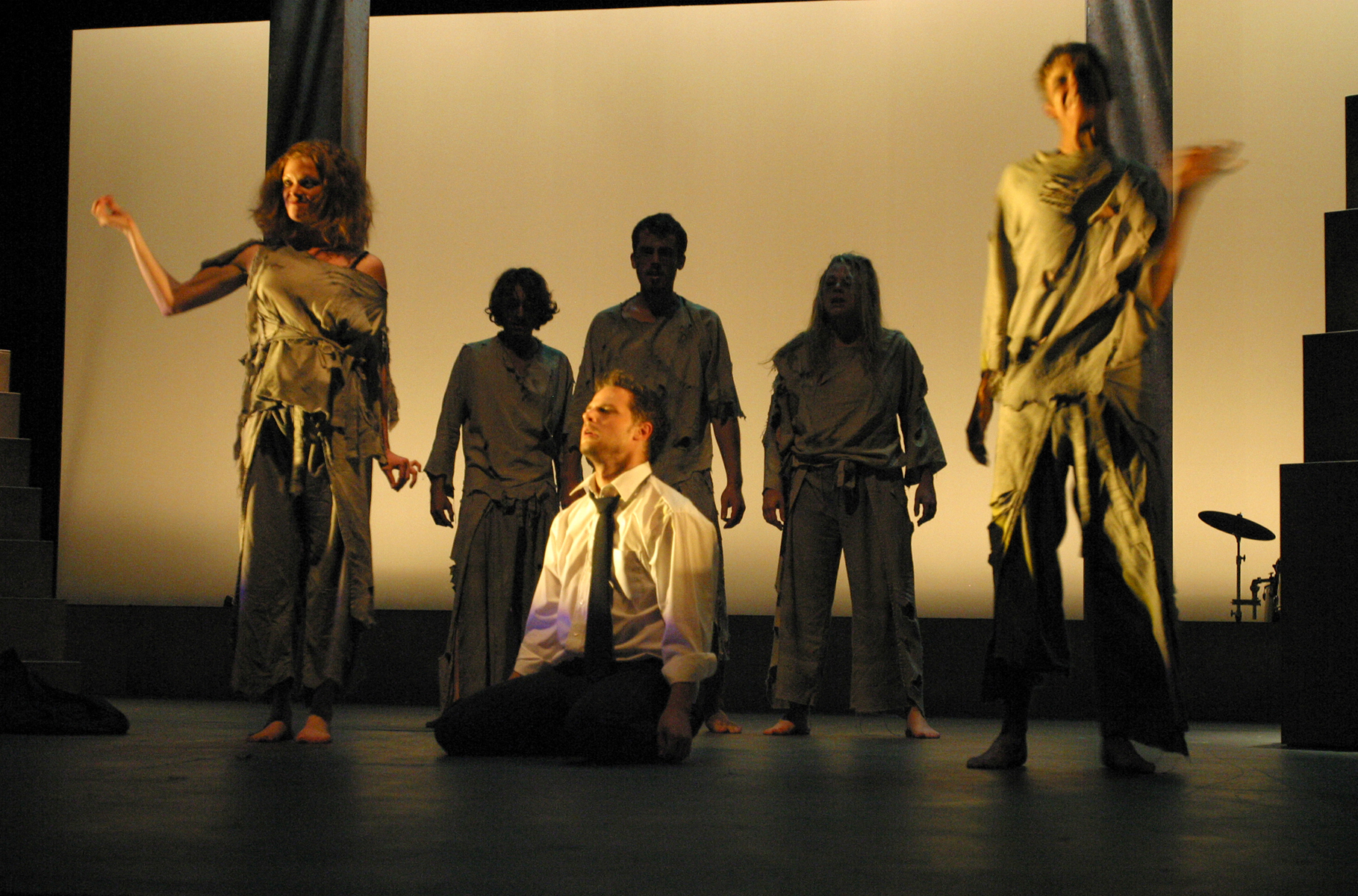Appearing in the third and final series of the iconic, multicoloured adventure spoof, Craig’s portrayal of Batgirl was every bit as charming, self effacing and fun to watch as her on-screen co-stars Adam West and Burt Ward.

The creation of Craig’s iconic role was a rare example of synergy between the disparate words of television and comic book fiction. In the comics, a character called Bat-Girl (Betty Kane), who was designed as a love interest for Robin, had appeared at the beginning of the decade, but been abandoned by the series creators just a few years later. However, the new version of the character (this time with the civilian identity of Barbara Gordon), created by DC staffers Gardner Fox and Carmine Infantino (at the request of editor Julius Schwartz and Batman producer William Dozier), was fresh, funky and fun, as well as an instant hit with the fanbase. The new Batgirl debuted in the comic books in January of 1967 and then in the TV show later that year.
Although the series was cancelled after season 3, Batgirl became an icon of 60’s television, as well as an integral part of the comic books, her four colour character formed, at least in part, by the spirited performance of Yvonne Craig.
The role came to define Craig and, in later years, she would admit to being surprised by the show’s enduring popularity.
"I really didn’t think we were making Gone With the Wind," she once said. "Just an episodic TV series that would be over when it was over and then it would never rerun againâ€.
Instead, millions of people around the world enjoyed Craig’s performance, especially young girls, many of whom saw the character as a brave, empowering figure in an era typified by submissive female roles in film and television.
Craig was comfortable, if slightly demure, about being a role model. When asked about the subject later in her life, she simply said, "I meet women today who tell me that they grew up viewing Batgirl as an important role model. If they choose to know me in that context, well, I’ll take it."
Initially trained as a ballet dancer, Craig worked at The Ballet Russe de Monte Carlo and used her skills as a dancer to perform most, if not all, of her own stunts as Batgirl.
Away from Gotham City, Craig also acted alongside Elvis Presley in two of the singer’s movies, It Happened At The Worlds Fair (1963) and Kissin Cousins (1964). She appeared in the third season of Star Trek as Marta, the Orion Slave Girl from Series 3’s Whom Gods Destroy and portrayed a ballerina in Austin Powers favorite movie In Like Flint (1967).
A prolific TV actress, Craig also appeared in episodes of The Man From U.N.C.L.E, The Wild Wild West, My Favorite Martian, Wagon Train, It Takes A Thief, Kojak, The Six Million Dollar Man and Starsky & Hutch, amongst (many) others.
In later life, Craig worked as an estate agent and then made a living in the prepaid phone card business, however she didn’t give up acting entirely and is perhaps best known by younger fans for lending her vocal talents to the Nickelodeon cartoon series Olivia.
In a heartfelt statement to Yvonnes many fans, Craigs family praised her resilience, sense of humour, business acumen and charity work. She will be missed.


